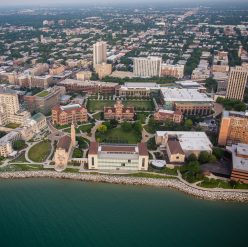The Rev. Raymond C. Baumhart, S.J.: 1963-1993
The Rev. Raymond Baumhart was the longest serving president of Loyola University Chicago. He served 23 years as president, but came to the university in 1963 as a professor. During his tenure as the twenty-first president of Loyola, multiple buildings were constructed, and the university experienced an unprecedented growth in admissions. [42] Mertz Hall, Damen Hall, and the Mullady Theatre are three examples of campus buildings constructed furing the Rev. Baumhart’s presidency. Additionally, Baumhart oversaw the merging of Mundelein College with Loyola in 1991, which incorporated a new student body into the Lake Shore Campus.
During the Rev. Baumhart’s first decade as president, the number of buildings on campus expanded. In 1966, Damen Hall was completed. This building is not to be confused with the current Damen Student Center, which stands on the southern side of Mertz. Damen Hall stood at the site of Cuneo Hall, and served as a ten-story building with classrooms dedicated to the sciences. Mertz Hall, with its adjoining Centennial Forum and Mullady Theatre was completed in 1968. Named after the Rev. James J. Mertz, Mertz Hall serves as a residence hall and currently builds community for new freshman at Loyola. The Centennial Forum was named for the celebration of Loyola’s university centennial. It houses administrative offices, as well as multi-purpose space for events. Before the construction of the Damen Student Center in 2014, the Centennial Forum also housed one of the campus dining halls.
The Theatre Department performed their seasonal shows in the Mullady Theatre for four decades, until the completion of the Newhart Family Theatre in 2012. The Dance Department also used the Mullady Theatre space for their performances once Newhart opened. In 2015, however, the department moved to the Newhart, leaving the Mullady empty except for reserved events. Cudahy Library also expanded in 1968, allowing for more study space, office space, and additions to the library’s collections. Another building familiar to campus is Flanner Hall. Built in 1976, Flanner Hall boasted lecture hall space and additional classrooms for Loyola’s growing student body. All four of these structures (Mertz, Flanner, Damen, and the Cudahy expansion) were built in the Brutalist architecture style, which is a sharp contrast to the Art Deco and Queen Anne styles of other structures on the Lake Shore Campus.
Students remained an active part of campus life during the late 1960s and 1970s, especially during the Vietnam War. Only two days after the shooting at Kent State University, students organized a strike. More than one hundred faculty members voted in approval of the strike, classes for the rest of the week were cancelled, and nearly 3,000 students of both Loyola and Mundelein College marched on Broadway Avenue. [43]
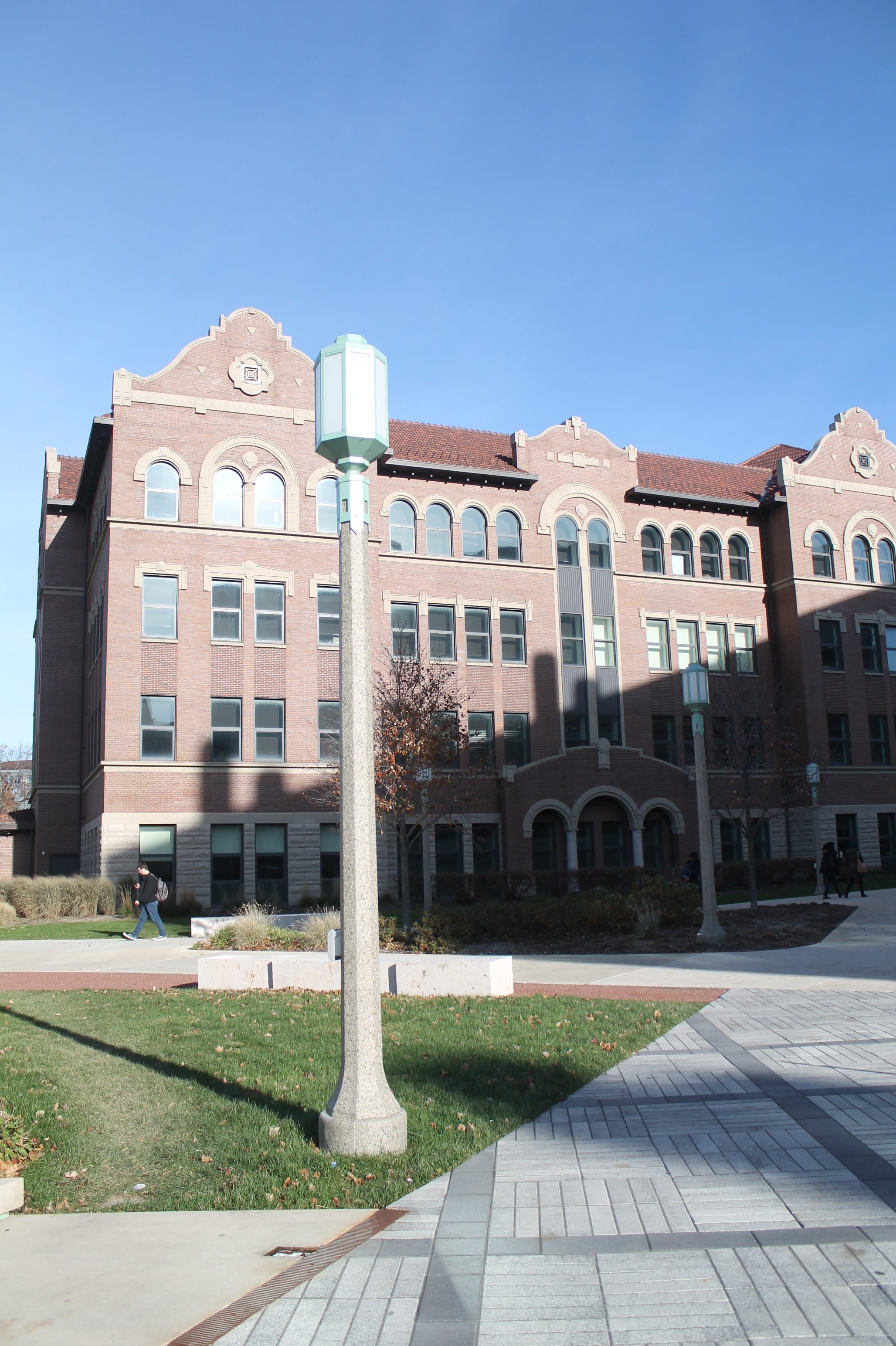
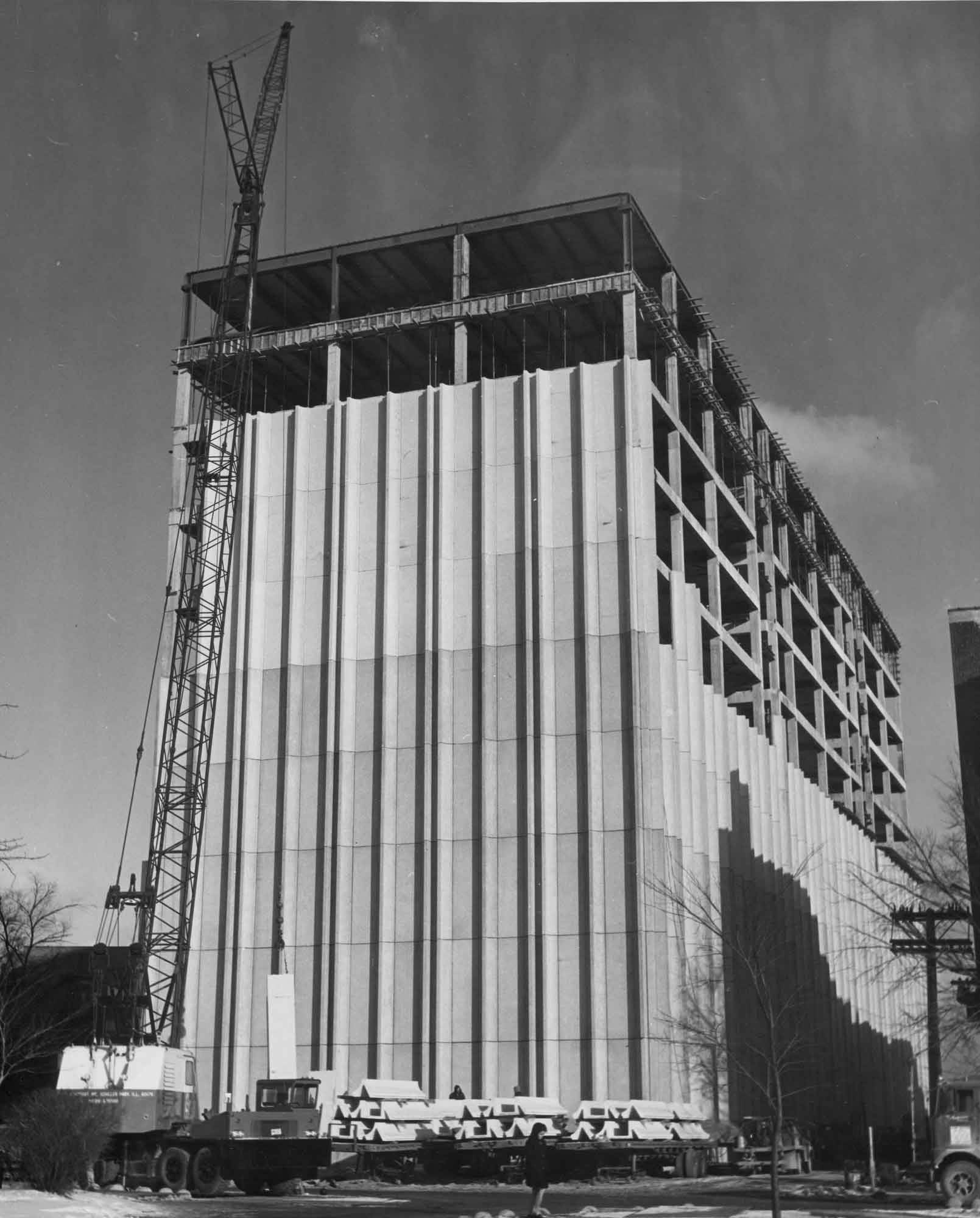
Damen Hall during its construction in 1966. [44]


A view of Damen Hall from the western end of campus. [45]
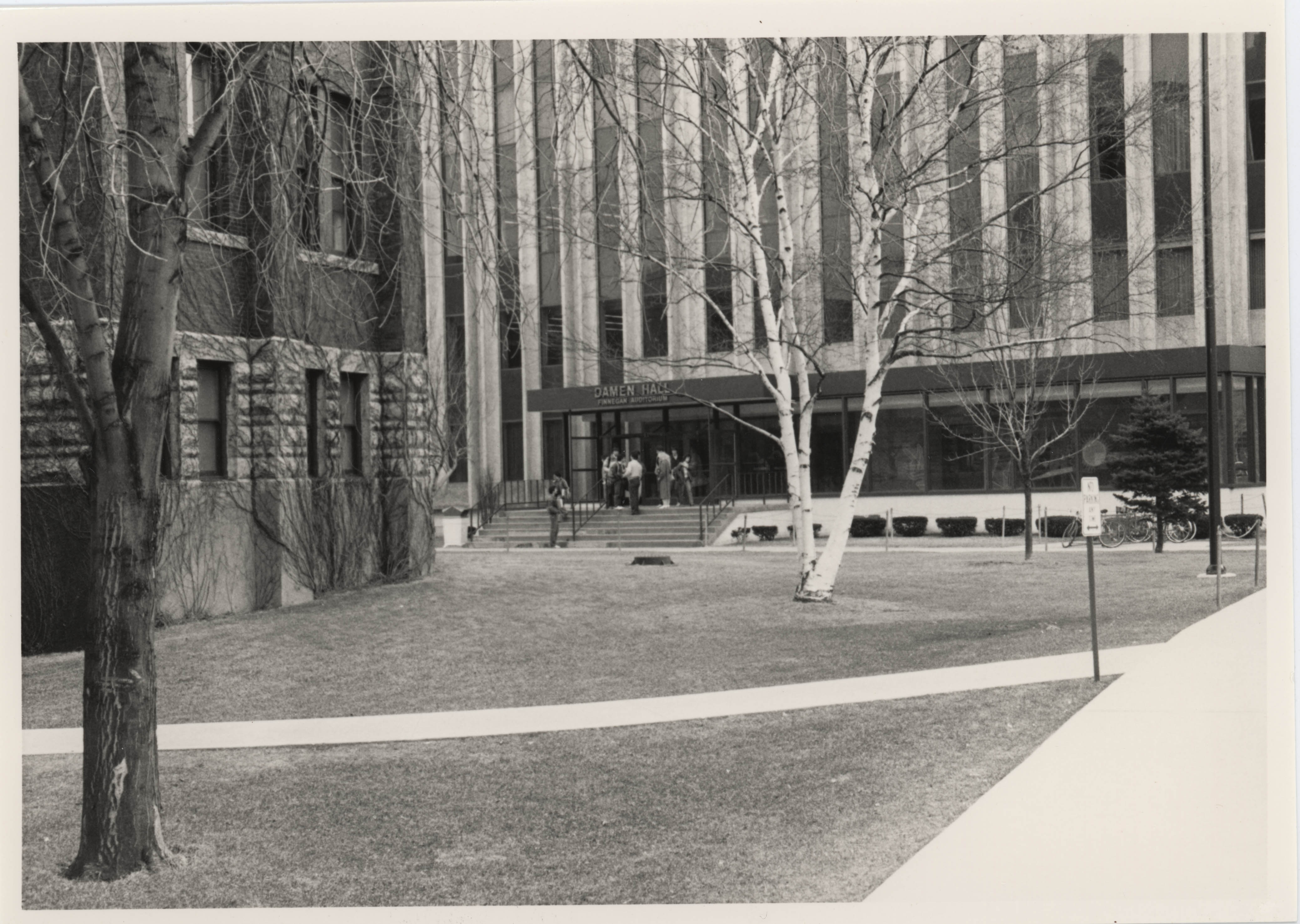

The entrance to Damen Hall, which faced Cudahy Science Hall. [46]


Damen Hall from the east end of campus, by Madonna della Strada. [47]
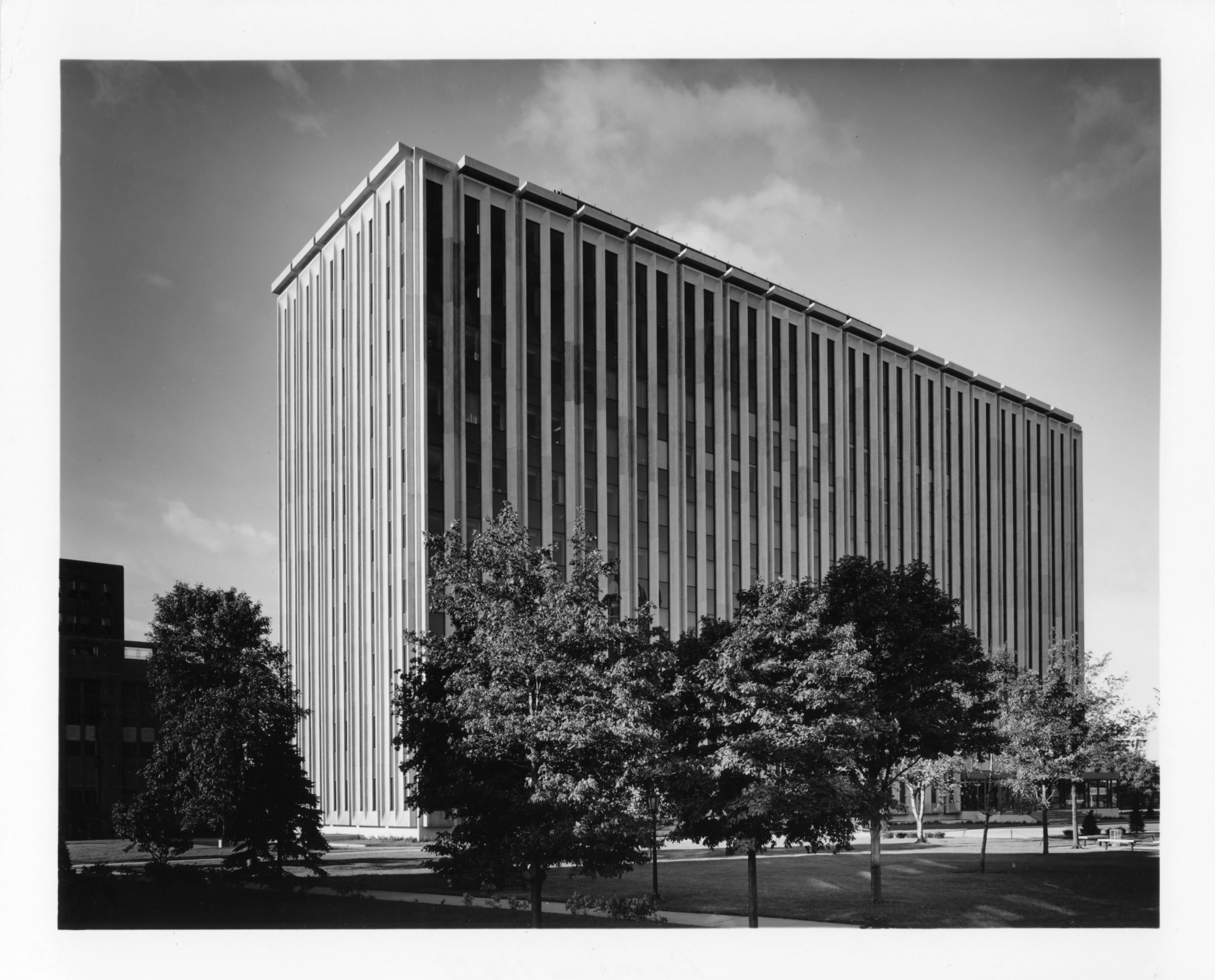

A side view of Damen Hall from the Jesuit Residence. [48]


Here is a photo of Mertz Hall, Mullady Theatre, and Centennial Forum. The parking lot is now the site of the Gentile Arena and Norville Center for Intercollegiate Athletics. [49]
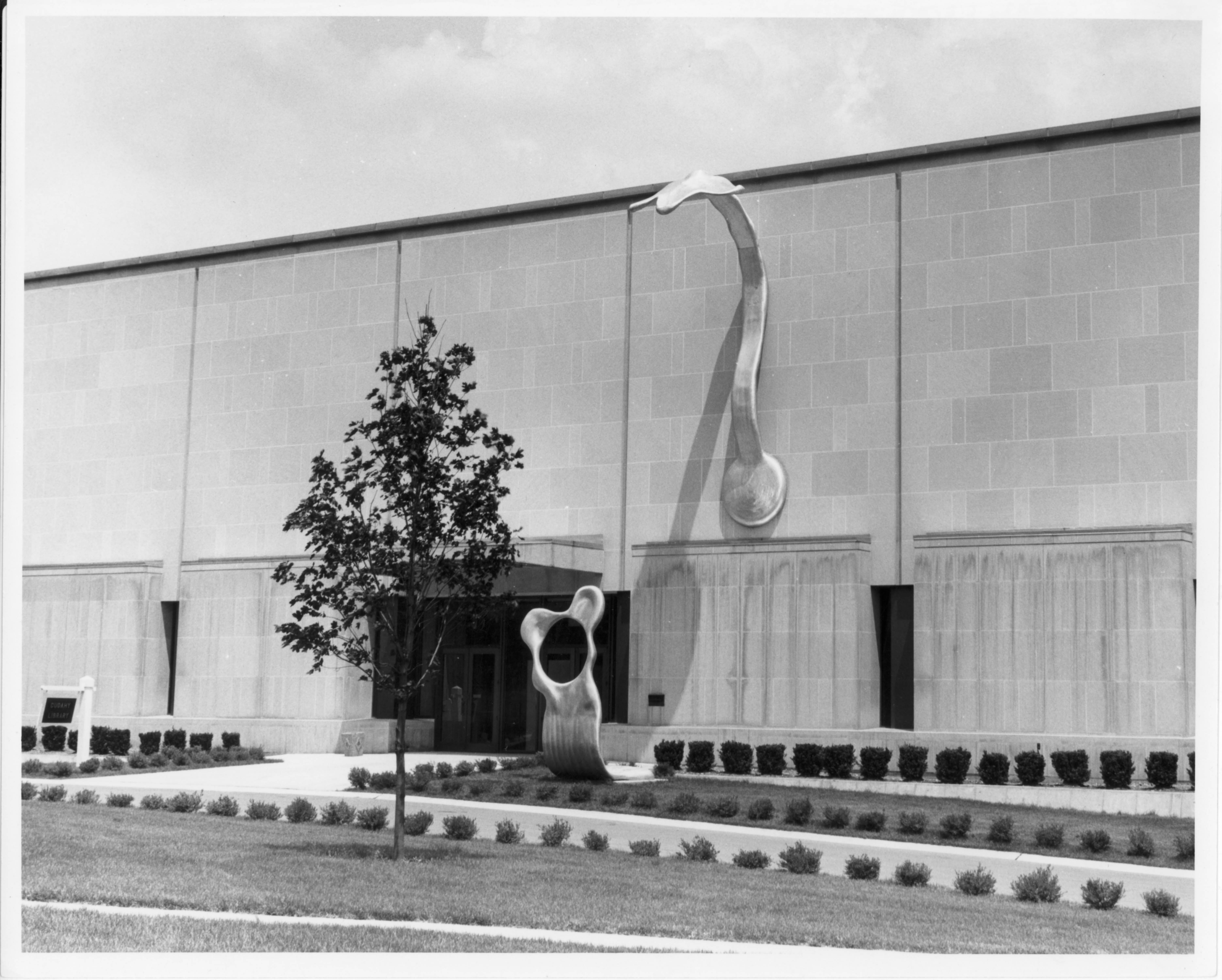

Steven Urry’s “Resurrectiai” sculpture resting above the entrance to Cudahy Library in 1968, which has since been removed. [50]


The Coffee House, a popular spot to relax for many students in the 1960s, converted to the Assisi Center in 1972. [51, 52]
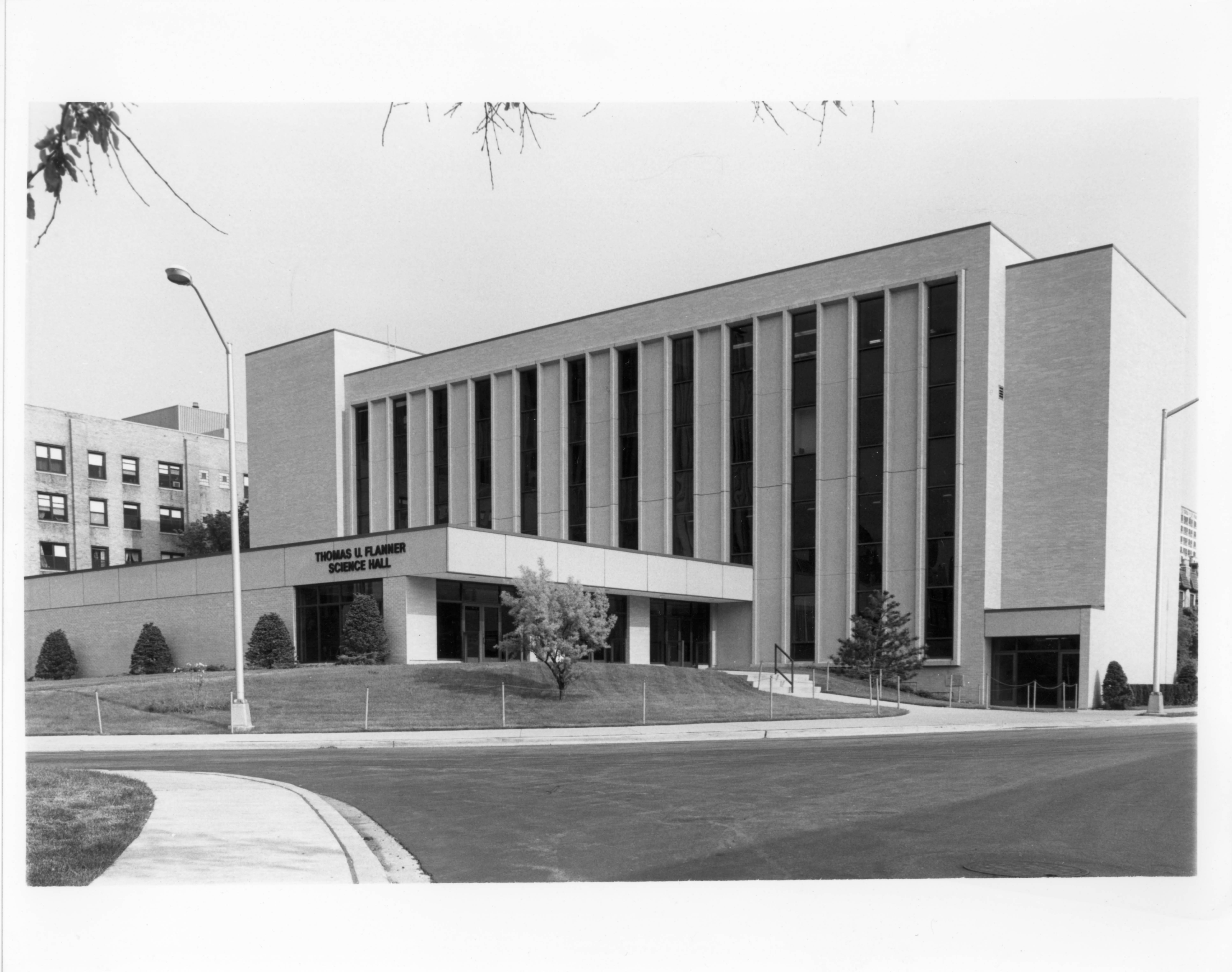

Flanner Hall next to the apartment building where the Quinlan Life Sciences building currently stands. [53]

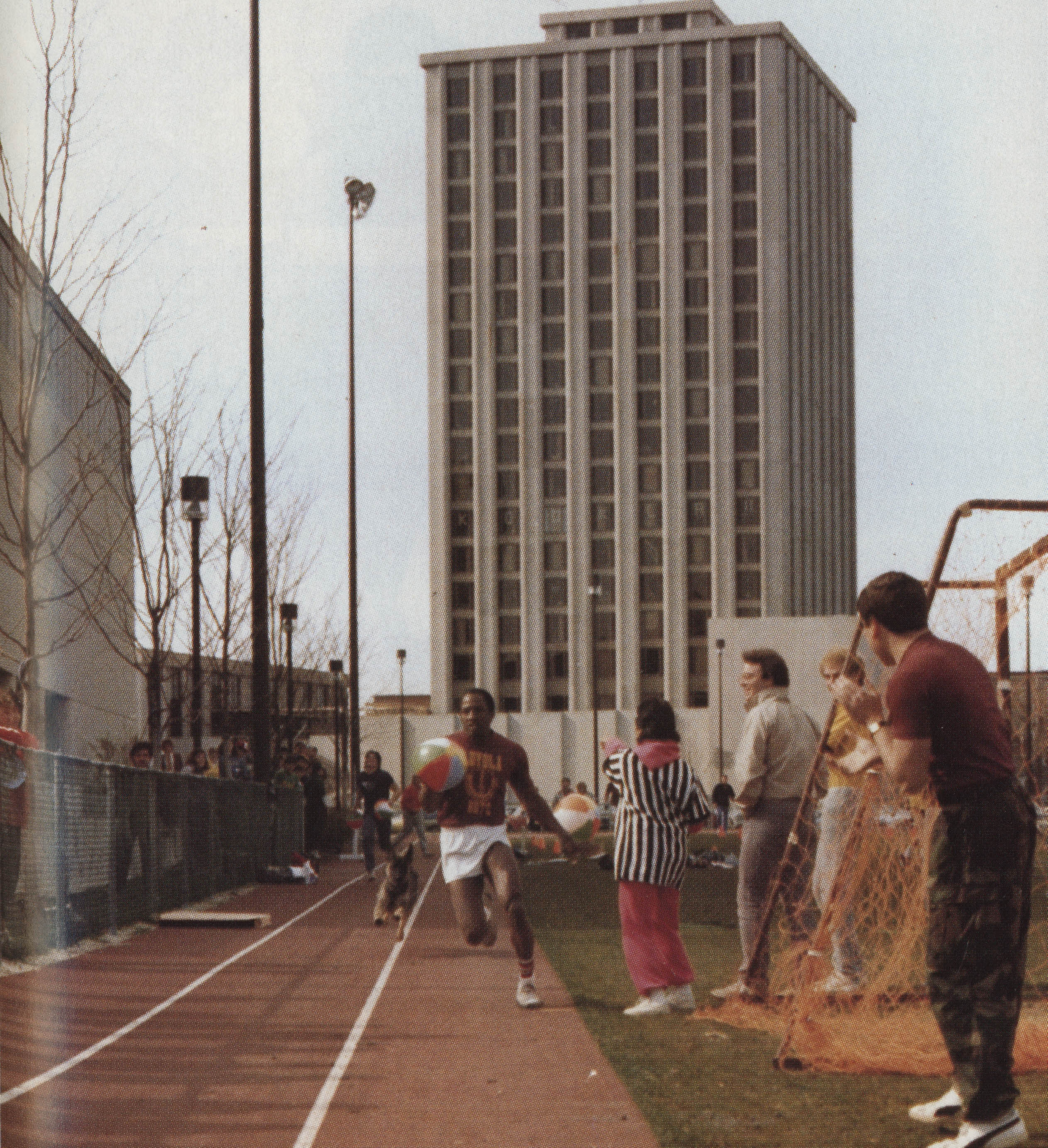
A student runs on the track in front of Mertz Hall in 1983. The site is currently the West Quad. [54]


A view of the parking lot by Mertz Hall, dating around the 1970s or 1980s. [55]
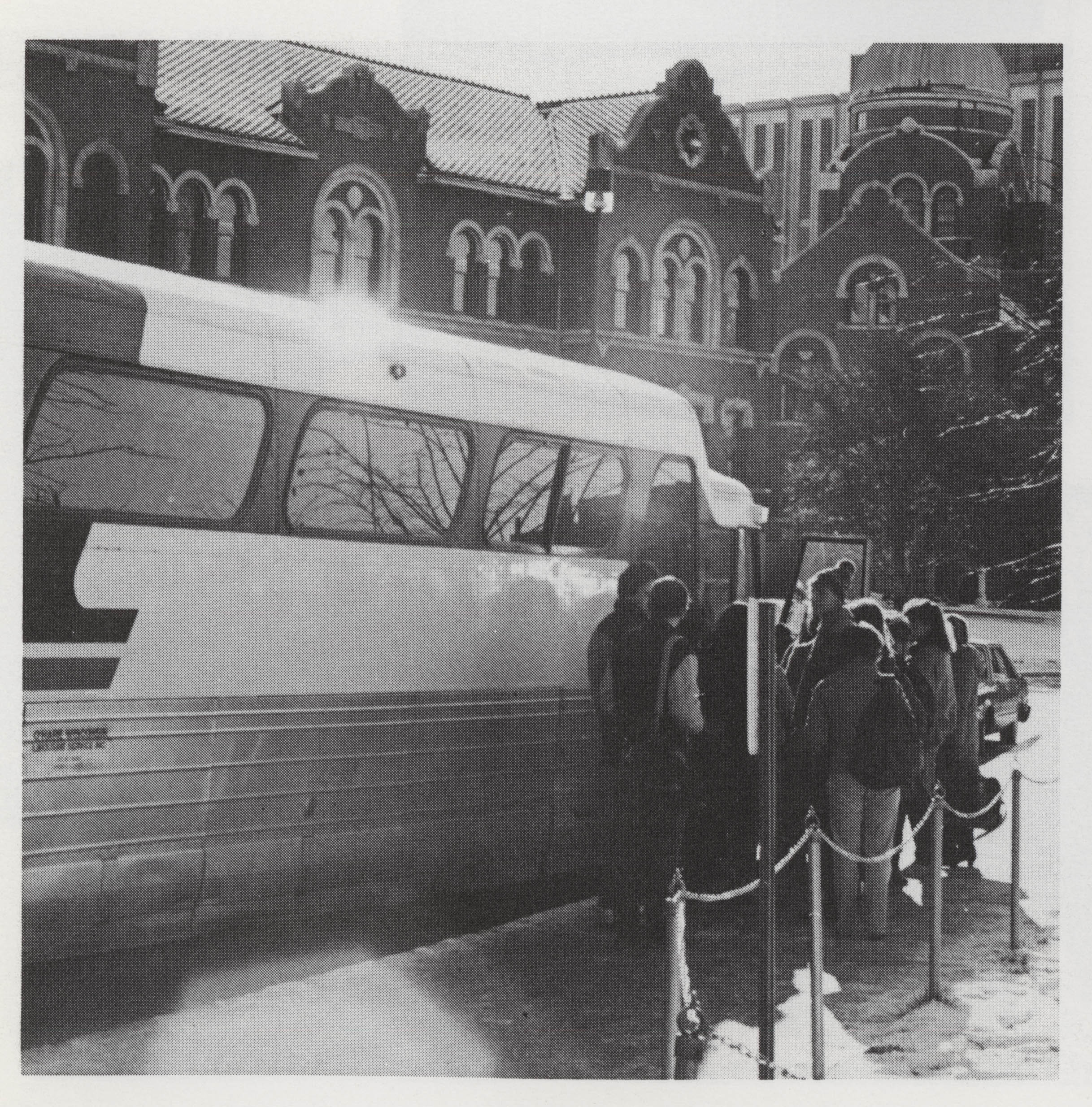

Students board a bus behind Dumbach Hall in 1985. There is still a paved path here, but it is no longer a road for through traffic. [56]
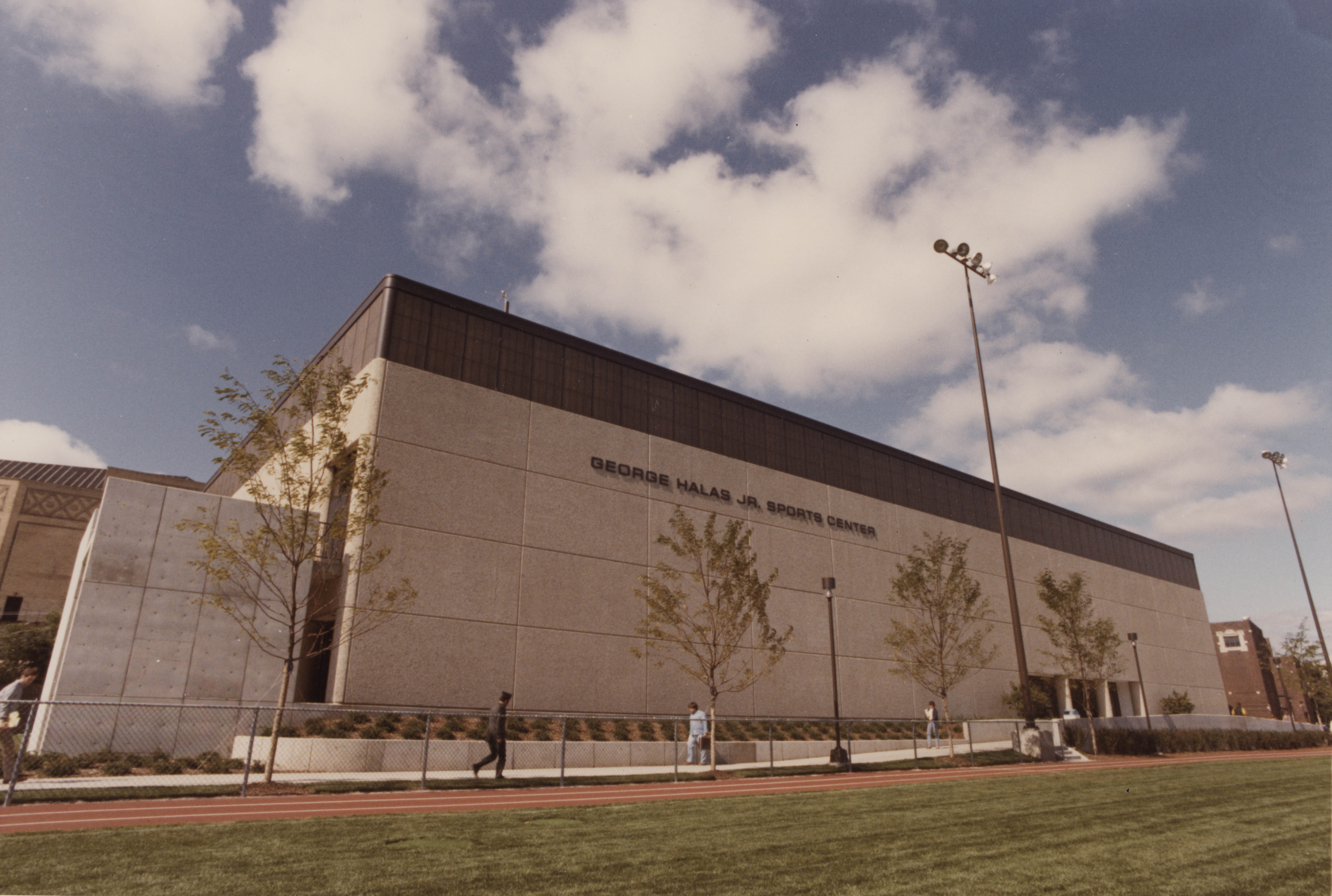

George Halas Jr. Sports Center in the 1980s or early 1990s. The Damen Student Center surrounds this original building. [57]

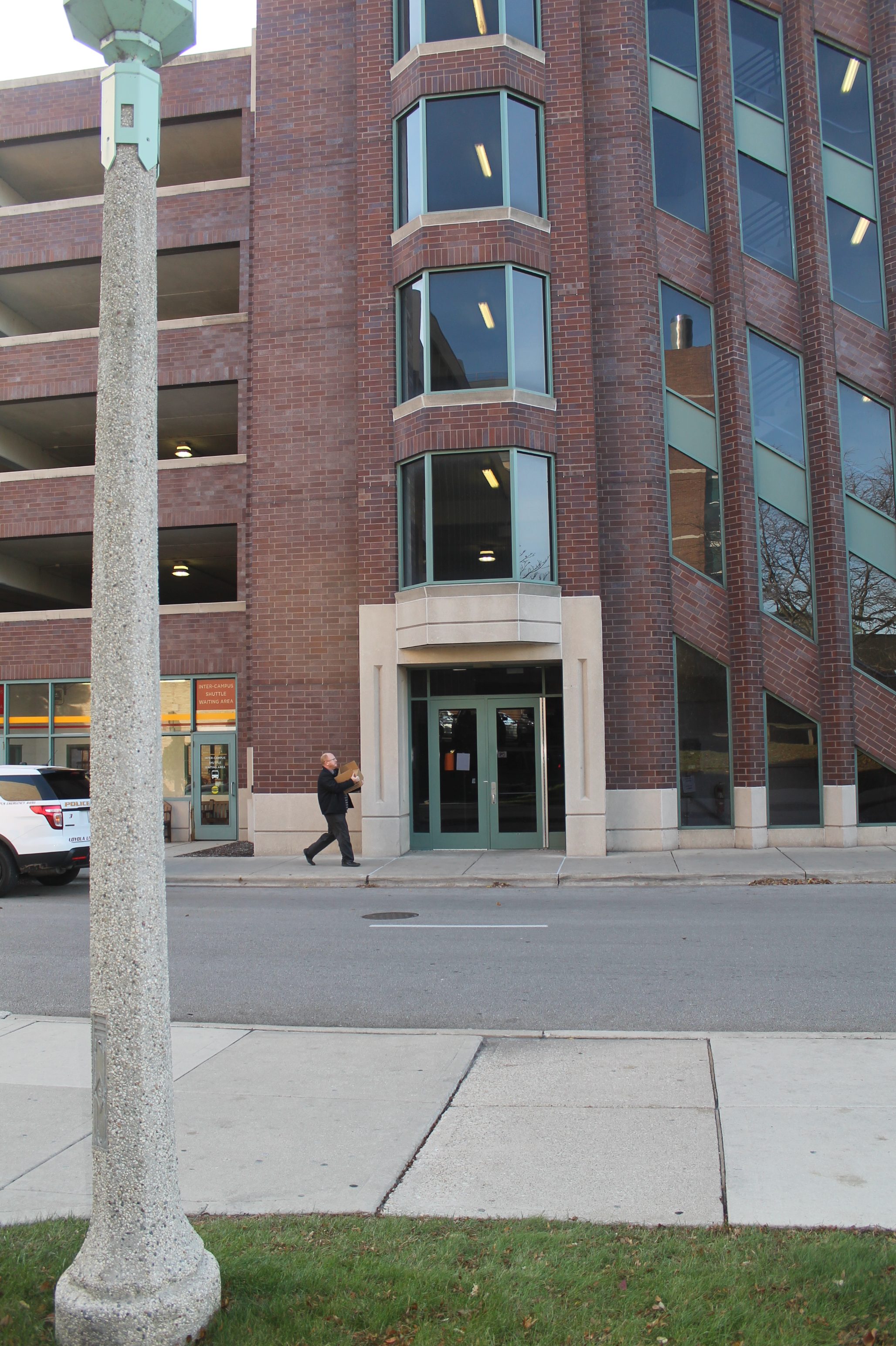
Wilson Hall held department office and was the student union until its demolition by the 1990s. Loyola’s parking garage and bike rental shop, Chainlinks, stand in its place. [58]
Loyola experienced more growth during Baumhart’s remaining thirteen years as president. In 1982, the Halas Recreational Center was completed. Halas houses workout facilities, basketball courts, and a pool for students and athletes. Halas remains on campus as part of the newly opened Damen Student Center complex, which built around the original Halas structure. Chamberlain and Stebler Halls closed their doors to residents in 1991, and offices were housed in the buildings until their demolition in the early 2000s. [59] Additionally, Mundelein College became affiliated with Loyola University. Mundelein opened as an all-women’s skyscraper college in 1930. The skyscraper currently houses the Newhart Family Theatre as well as the Department of Fine and Performing Arts, classroom space, and nursing labs.
Raymond Baumhart was succeeded by the Rev. John Piderit, S.J. in 1993. Piderit spent eight years as Loyola’s president. During the late nineties, Piderit started a Freshmen orientation class similar to the University 101 courses freshmen are required to take today. The Joseph J. Gentile Arena opened in 1996 as a new sports arena for Loyola’s intercollegiate basketball and volleyball teams. Also, the Quinlan Life Sciences Building construction began under Piderit.
